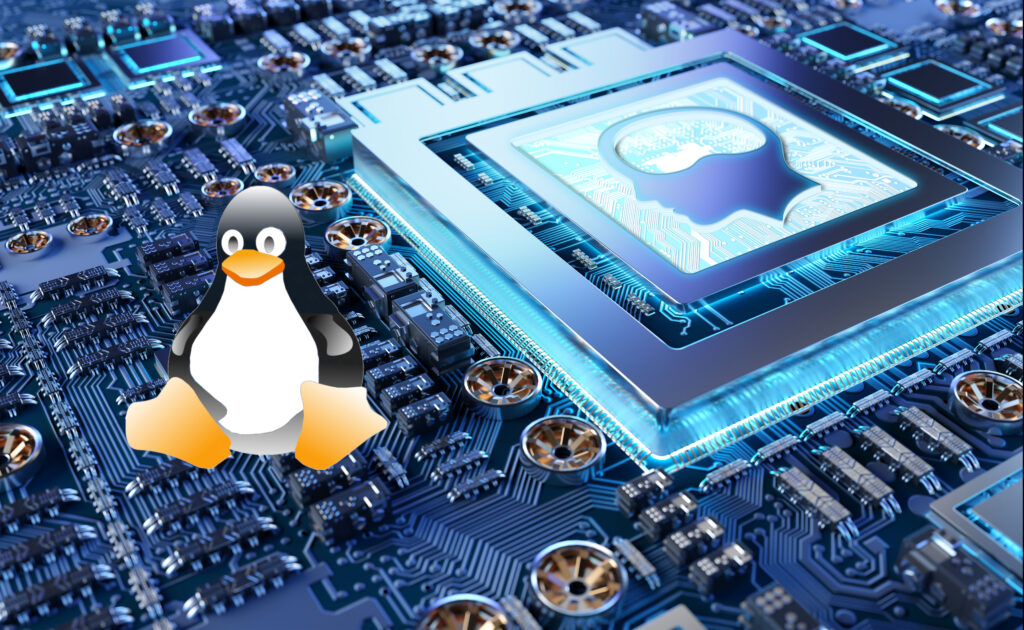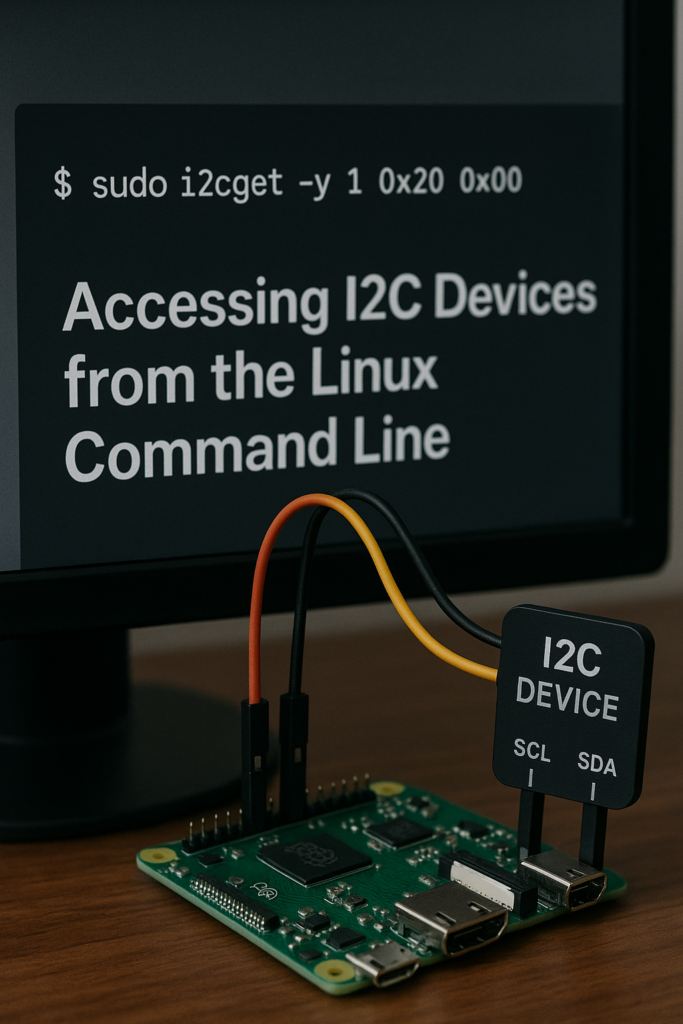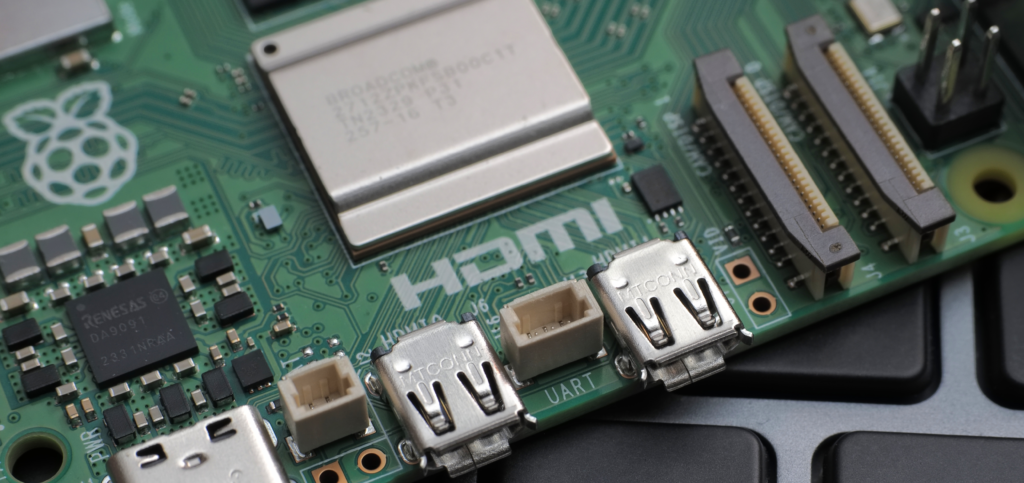Grow your /home with Yocto

In my previous article, we made an improvement to the Hybrid Model. Now, we’ll take a dive into two of its initial stages: Requirements and Design. These initial phases lay the groundwork upon which successful implementation depends.
Stop using /dev/mem

In my previous article, we made an improvement to the Hybrid Model. Now, we’ll take a dive into two of its initial stages: Requirements and Design. These initial phases lay the groundwork upon which successful implementation depends.
Poor mans FreeRTOS tracing

In my previous article, we made an improvement to the Hybrid Model. Now, we’ll take a dive into two of its initial stages: Requirements and Design. These initial phases lay the groundwork upon which successful implementation depends.
The Yocto temp directory hack

In my previous article, we made an improvement to the Hybrid Model. Now, we’ll take a dive into two of its initial stages: Requirements and Design. These initial phases lay the groundwork upon which successful implementation depends.
Accessing I2C devices from userspace in Linux

In my previous article, we made an improvement to the Hybrid Model. Now, we’ll take a dive into two of its initial stages: Requirements and Design. These initial phases lay the groundwork upon which successful implementation depends.
Zephyr RTOS and its Impact on IoT

In my previous article, we made an improvement to the Hybrid Model. Now, we’ll take a dive into two of its initial stages: Requirements and Design. These initial phases lay the groundwork upon which successful implementation depends.
Enforcing Style Conventions – Git Hooks

Code and style conventions are crucial in team projects and across a company because they promote consistency, making the code easier to read, understand, and maintain. Conventions facilitate smoother on boarding of new developers and enable better collaboration.
The Hybrid model — broken-by-design

REMIS changes how ships are detected from space. Instead of sending all satellite images to Earth for analysis, REMIS processes and selects relevant images directly onboard the satellite. This reduces detection time from days to just hours, making maritime monitoring faster and more efficient.
Step by step: Thermal Management

Electronics produce heat, and without proper management, this heat can break your components.
In this article we will take a look at the Raspberry Pi 5, to see how the thermal management is handled there, but the setup will be pretty similar between all devices.
Linux Drivers – Getting started with GPIO on Raspberry Pi 5

Explore how asynchronous programming in Rust and the Embassy executor simplify embedded development. Boost efficiency with event-driven tasks!